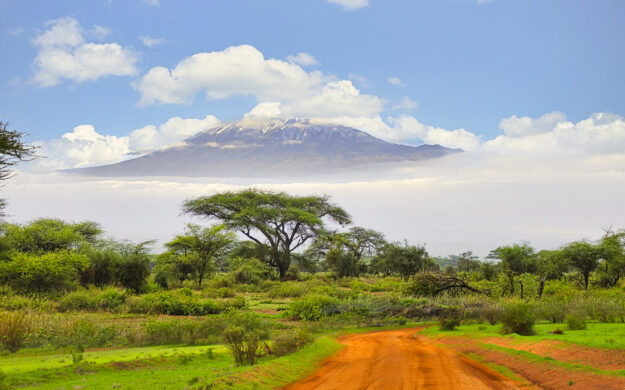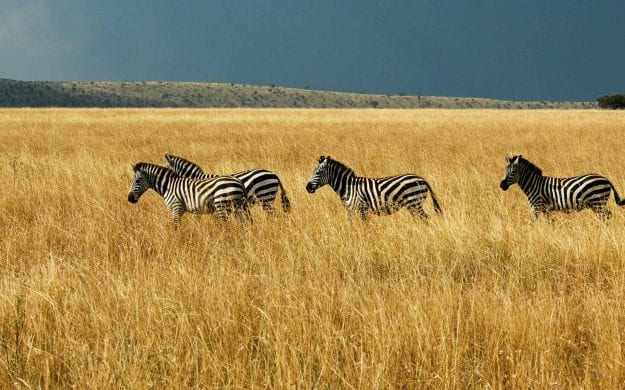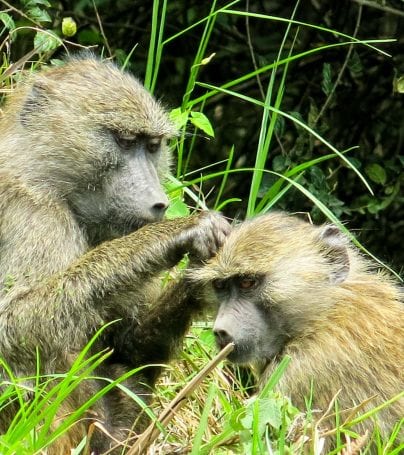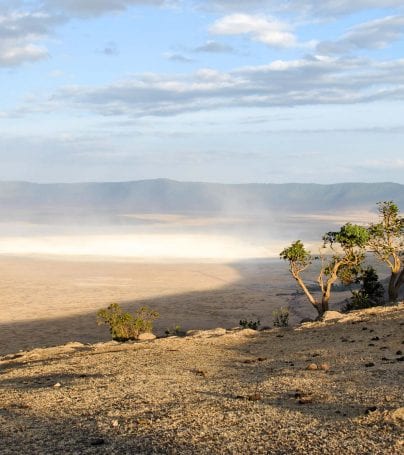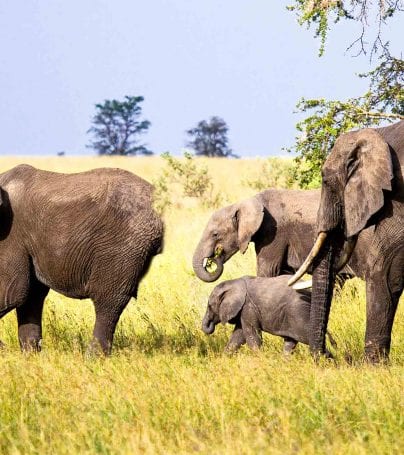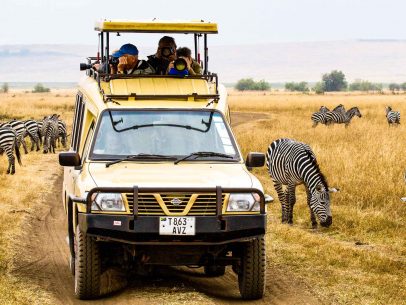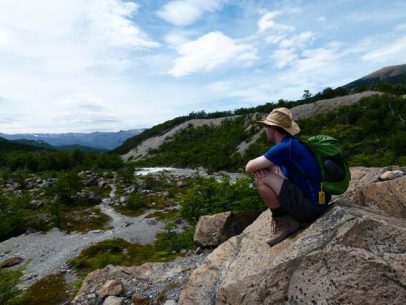Zanzibar Adventure Tours
Zanzibar is a semi-autonomous part of the United Republic of Tanzania, in East Africa. It comprises the Zanzibar Archipelago in the Indian Ocean, 25–50 kilometers (16–31 mi) off the coast of the mainland, and consists of numerous small islands and two large ones: Unguja (the main island, informally referred to as Zanzibar), and Pemba. Other nearby island countries and territories include Comoros and Mayotte to the south, Mauritius and Réunion to the far southeast, and the Seychelles Islands about 1,500 km to the east. Arab and Portuguese traders visited the region in early times, and it was controlled by Omanis in the 18th and 19th centuries. Britain established a protectorate (1890) that became an independent sultanate in December 1963 and a republic after an uprising in January 1964. In April 1964 it joined Tanganyika to form a new republic that was renamed Tanzania in October 1964. The capital of Zanzibar, located on the island of Unguja, is Zanzibar City, and its historic center, known as Stone Town, is a World Heritage Site.
Zanzibar’s main industries are spices, raffia, and tourism. In particular, the islands produce cloves, nutmeg, cinnamon and pepper. For this reason, the islands, together with Tanzania’s Mafia Island, are sometimes called the Spice Islands (a term also associated with the Maluku Islands in Indonesia). Zanzibar’s ecology is of note for being the home of the endemic Zanzibar Red Colobus and the (possibly extinct) Zanzibar Leopard.
The main island of Zanzibar, Unguja, has a fauna which reflects its connection to the African mainland during the last Ice Age. Endemic mammals with continental relatives include the Zanzibar red colobus, one of Africa’s rarest primates — the Zanzibar red colobus may number only about 1500. Isolated on this island for at least 1,000 years, the Zanzibar red colobus is recognized as a distinct species, with different coat patterns, calls, and food habits than related colobus species on the mainland.
Zanzibar red colobus live in a wide variety of drier areas of coastal thickets and coral rag scrub, as well as mangrove swamps and agricultural areas. About one-third of the red colobus live in and around Jozani Forest. Ironically, the easiest monkeys to see are on farmland adjacent to the reserve. They are accustomed to people and the low vegetation means they come close to the ground.
Rare native animals include the Zanzibar leopard, which is critically endangered and possibly extinct; and the recently described Zanzibar servaline genet. There are no large wild animals in Zanzibar, and forest areas such as Jozani are inhabited by monkeys, bush-pigs, small antelopes, civets, and, rumor has it, the elusive Zanzibar leopard. Various species of mongoose can also be found on the island. There is a wide variety of birdlife, and a large number of butterflies in rural areas. Pemba island is separated from Unguja island and the African continent by deep channels and has a correspondingly restricted fauna, reflecting its comparative isolation from the mainland. Its best-known endemic is the Pemba Flying Fox.
Zanzibar’s local people are from a mixture of ethnic backgrounds, indicative of its colourful history. Zanzibaris speak Swahili (known locally as Kiswahili), a language which is spoken extensively in East Africa. Many believe that the purest form is spoken in Zanzibar, as it is the birthplace of the language. Many locals also speak English.
Important architectural features in Stone Town are the Livingstone house, The Old dispensary of Zanzibar , the Guliani Bridge, the Old Fort of Zanzibar, and the House of Wonders. The town of Kidichi features the Hamamni Persian Baths, built by immigrants from Shiraz, Iran during the reign of Barghash bin Said.
Zanzibar also is the only place in Eastern African countries to have the longest settlement houses formally known as Michenzani flats which were built by the aid from East German during 1970’s to solve housing problems in Zanzibar.
Customize Your Dream Adventure
We are here to help craft tailor-made adventures for individuals, couples, families, and groups of explorers.

